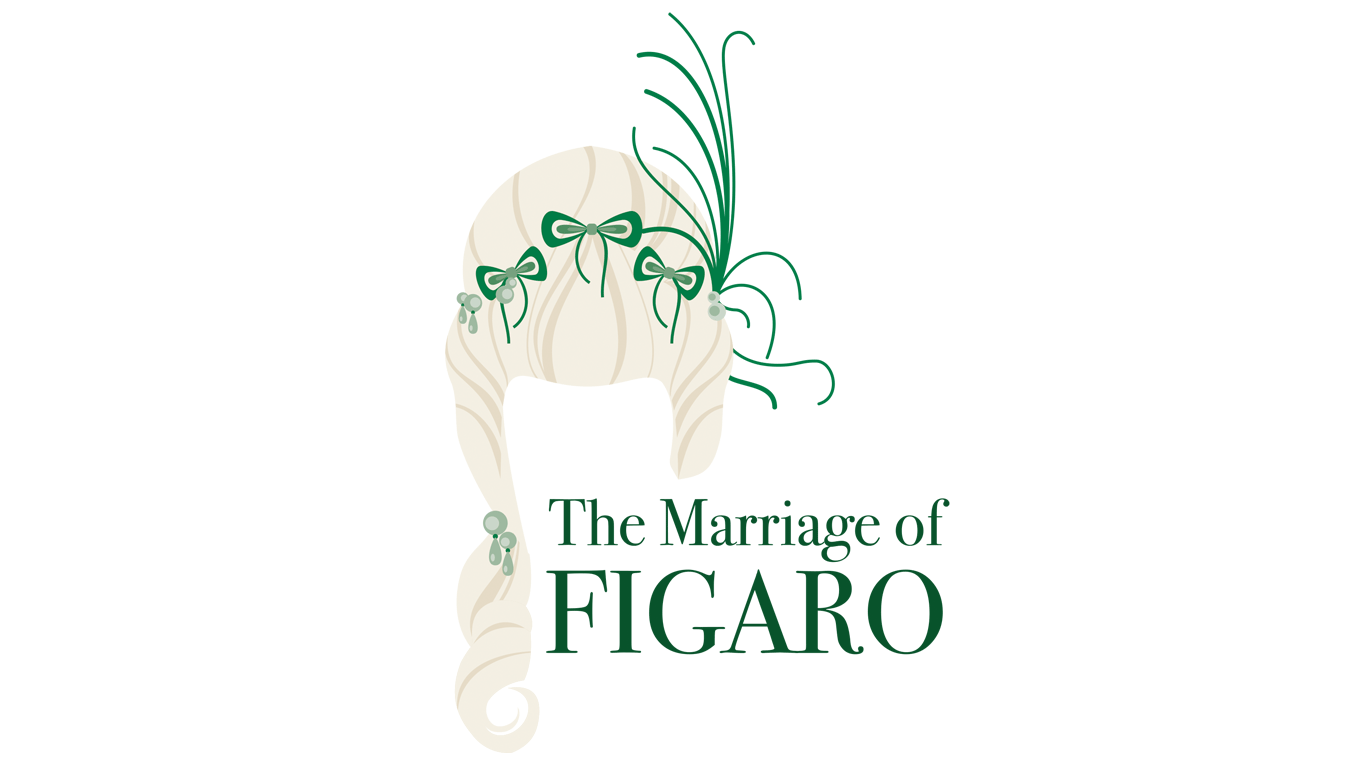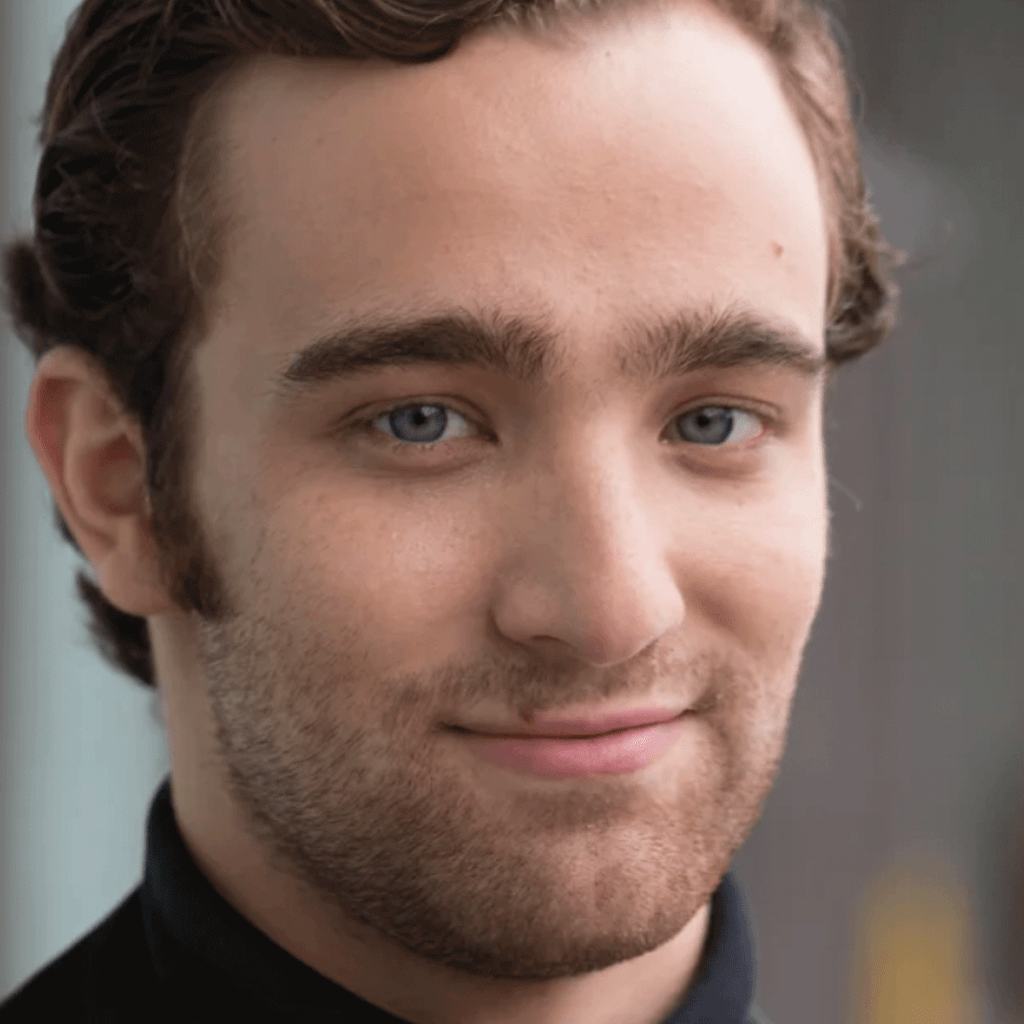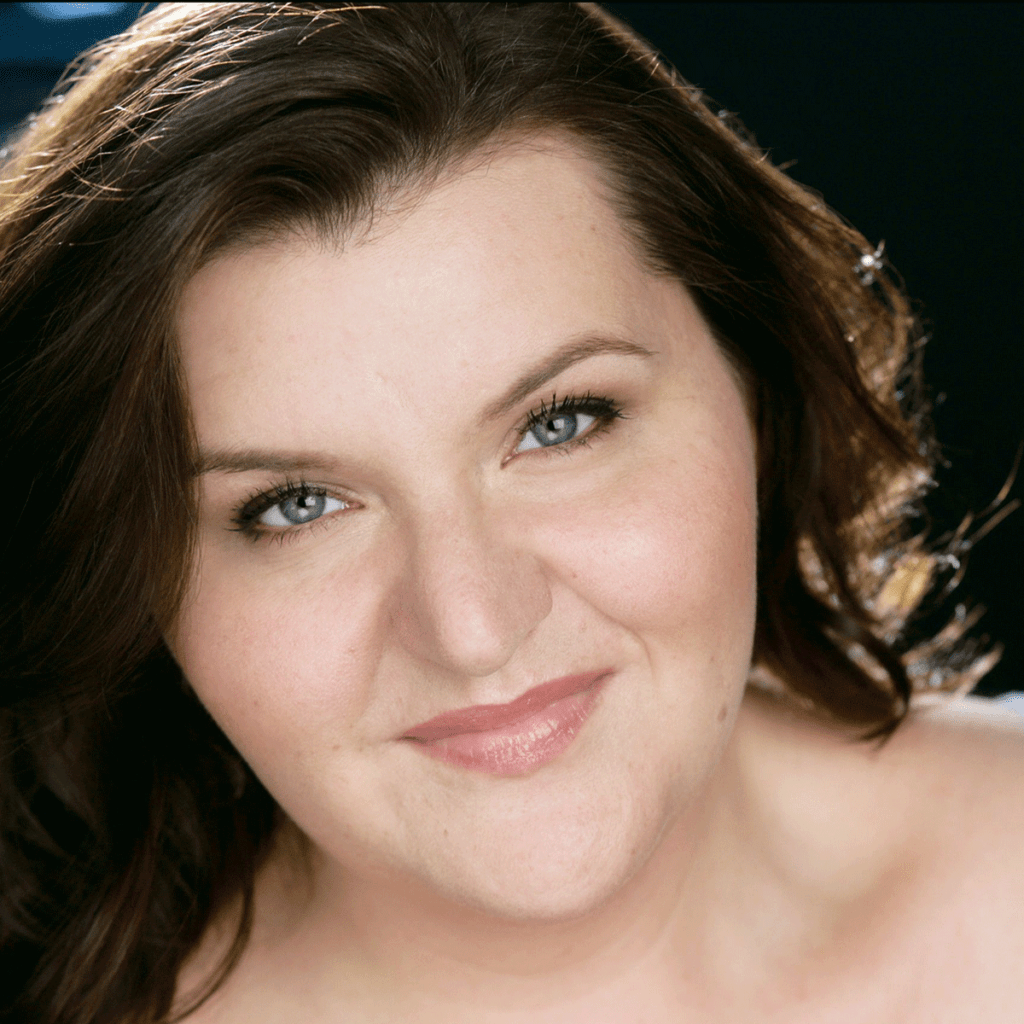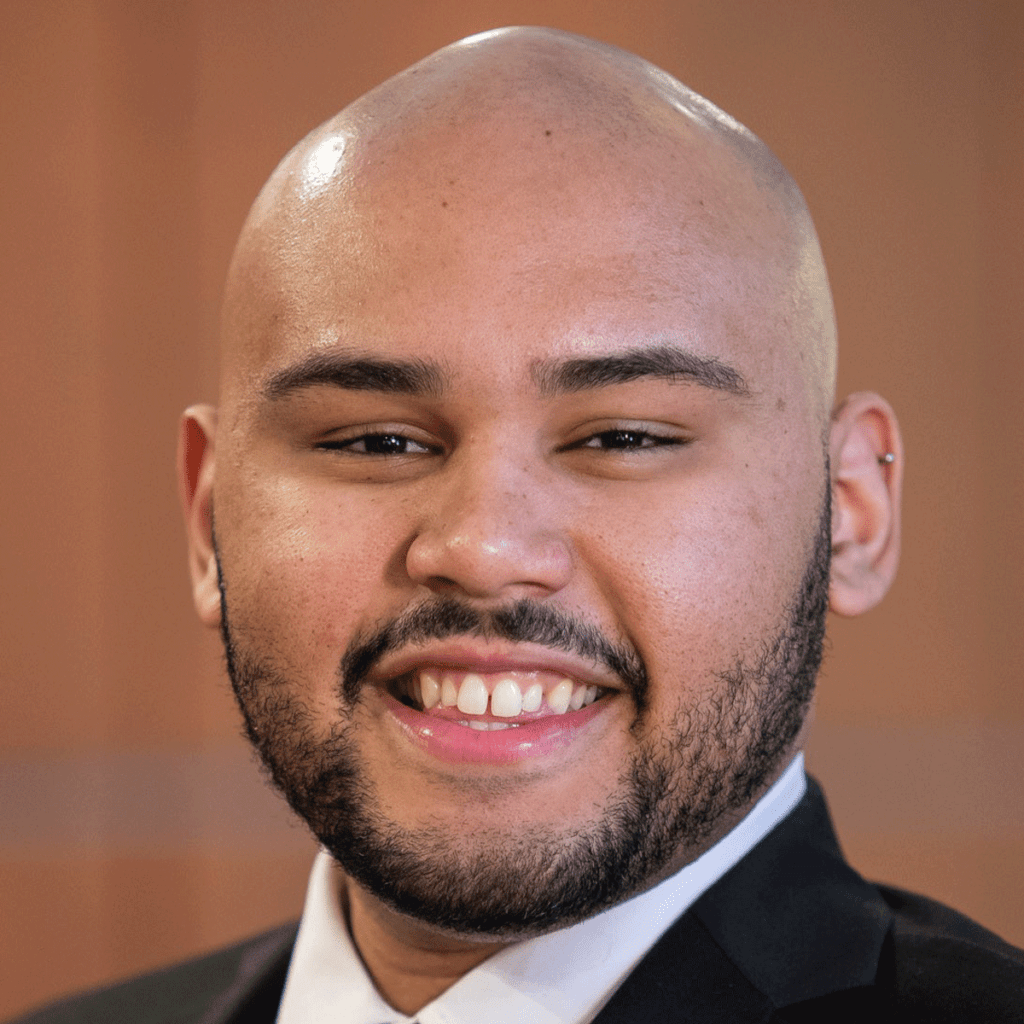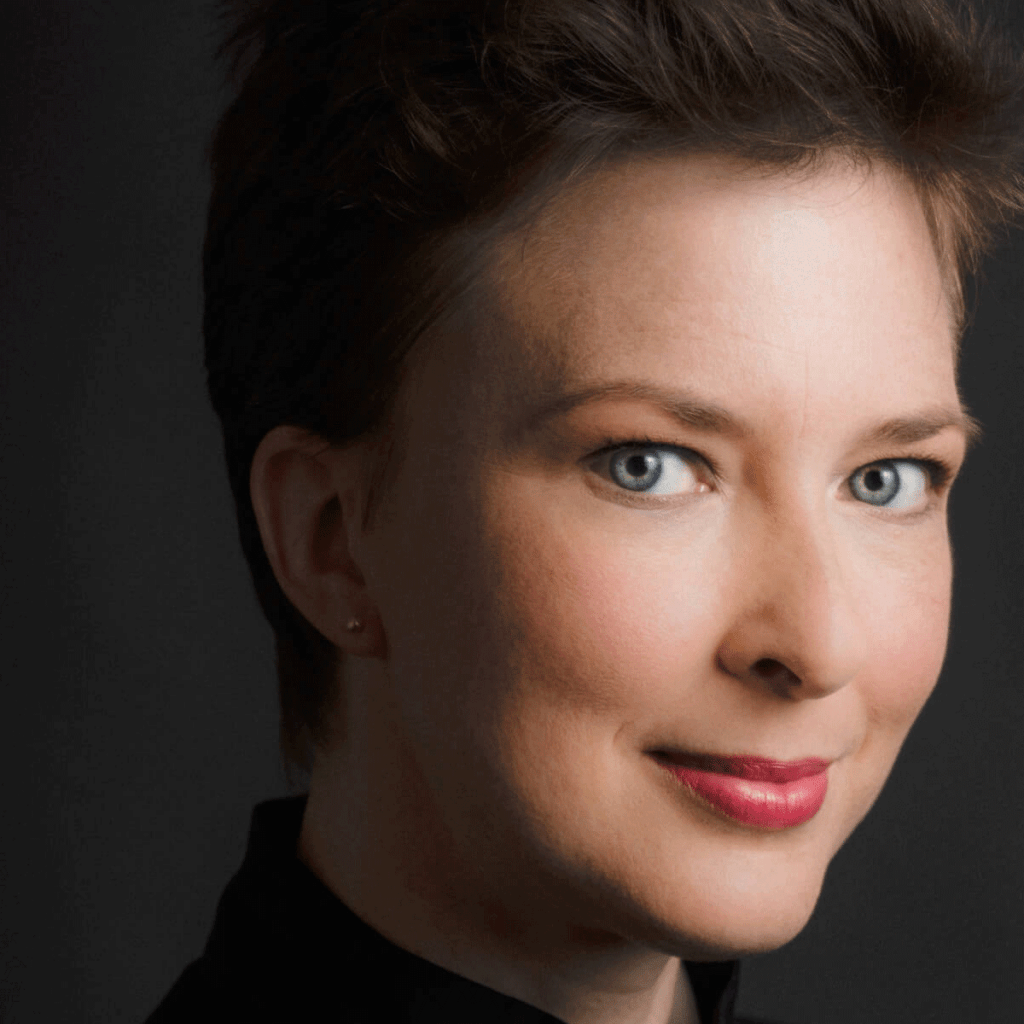At the Mahalia Jackson Theater for the Performing Arts
Friday, September 29, 2023
6:30 PM Pre-Opera Party
6:30 PM Nuts and Bolts Lecture
7:30 PM Performance
Sunday, October 1, 2023
1:30 PM Pre-Opera Party
1:30 PM Nuts and Bolts Lecture
2:30 PM Performance
Join us for a post-show talkback immediately following the performances.
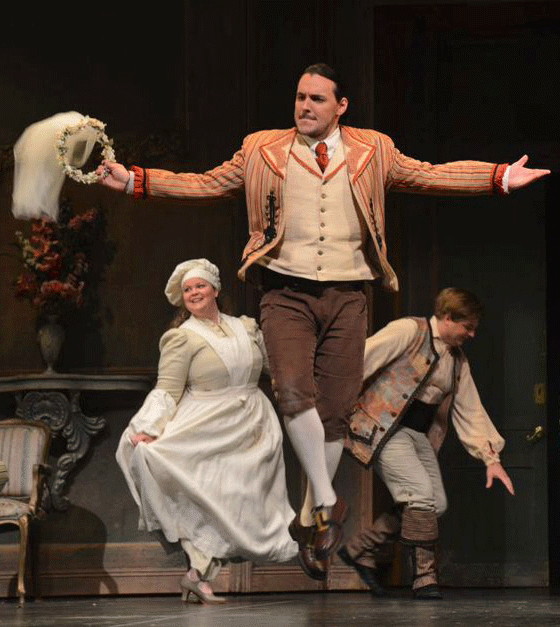
Love, desire and deception – with a pinch of political unrest.
Step into a whirlwind of laughter and mischief as you witness a battle of societal classes that threaten a chance at love. Set in the span of one eventful day at Count Almaviva’s estate near Seville, Spain, the story revolves around the Count’s chaotic attempt to seduce his wife’s servant, Susanna, before her marriage to his own servant, Figaro. Trouble brews as Figaro discovers the Count’s plan, pushing him into a quest for payback. While Count Almaviva and Figaro’s comedic determination will have you smiling in delight, remember – this funny tale once caused quite the thoughtful ruckus!
Known for its wit and charm, The Marriage of Figaro has earned its place as one of the most frequently performed operas ever, offering a warm welcome to newcomers to the opera scene and a cherished escape for long-time enthusiasts. This opera’s roots trace back to the ingenious mind of French writer Pierre Beaumarchais, whose work dared to poke fun at societal hierarchies and even was temporarily banned due to its provocative themes.
Photo: 2014-2015 New Orleans Opera, The Marriage of Figaro
Composer – Wolfgang Amadeus Mozart
Librettist – Lorenzo Da Ponte
Conductor – Elizabeth Askren
The Jerry W. Zachary and Henry Bernstein Maestro Chair
Stage Director – Chas Rader-Shieber
Scenic Designer – Steven Kemp
Costume Designer – Myung Hee Cho
Lighting Designer – Connie Yun
Featuring
Count Almaviva – Theo Hoffman
Countess Almaviva – Laquita Mitchell
Figaro – Anthony Reed
Susanna – Cadie J. Bryan
Cherubino – Sun-Ly Pierce
Doctor Bartolo – Ashraf Sewailam
Marcellina – Margaret Gawrysiak
Don Basilio – Tyrone Chambers II
Barbarina – Joel Dyson
Don Curzio – Orlando Montalvo
Antonio – Ivan Griffin
WITH THE LOUISIANA PHILHARMONIC ORCHESTRA
COSTUMES CREATED BY WASHINGTON NATIONAL OPERA COSTUME STUDIO
SETS BUILT BY NEW ORLEANS OPERA, THE H. LLOYD HAWKINS SCENIC STUDIO
Director’s Note
It’s always a joy to return to The Marriage of Figaro. There are those certain operas, that seem to resonate – to engage with our emotions, regardless of their setting, their time period, or even their subject matter. In the end, this amazing depiction of one astonishing day in the lives of a few fascinating people, is a tour-de-force of musical/dramatic writing. Mozart and DaPonte have given us the beginning glimmer of young passion, the charming poignancy of soulmates united, and the bittersweet ending of love fading away before our eyes. And it all takes place in 24 perfect hours!
These funny, flawed, desperate, anxious, and supremely human characters, represent the very best (and sometimes worst) of us. Separated by almost 250 years, they feel as real and understandable as ever – people trying (against the odds) to connect, to communicate, and to find whatever they call love. Sometimes it works, and sometimes it doesn’t.
New Orleans Opera has assembled a truly stunning cast for this production. Each time a new group of singers come together to inhabit these characters, it’s a totally new opera, where the whole is inevitably greater than the sum of the parts. This is why I love to return to this masterpiece – to discover the magic of this one crazy day all over again!
Chas Rader-Shieber, Stage Director
Summary
Taking place over a single day in Count Almaviva’s estate outside of Seville, Spain, Susanna and Figaro, servants of the Count and Countess, plan their wedding. When Figaro learns that the Count has tried to seduce Susanna, he sets out for revenge.
With Susanna, The Countess, and the count’s page, Cherubino, Figaro concocts a plan of deception and manipulation to ensnare the Count in his scheming. Although the Count tries to retaliate with his own daring plan to marry Figaro off to another, much older woman, his plan laughably falls to pieces when the true identity of the older woman is revealed. Fortunately for Figaro and Susanna, the day ends with peace between the Count and Countess, finally making it possible for their own marriage to proceed.
Synopsis
ACT I
In Count Almaviva’s estate, his servant Figaro measures a room for a bridal bed for himself and his love, the Countess’s maid Susanna. Figaro is quite pleased with the room, but Susanna professes concerns over its proximity to the Count, who has recently made unwanted advances toward her. Susanna rushes off to tend to the Countess while Figaro pledges to exact revenge on the Count.
With Susanna and Figaro gone, Dr. Bartolo, both a doctor, and lawyer, enters with Marcellina, his former housekeeper. Figaro once borrowed money from Marcellina and provided, as collateral, a promise to marry if the sum was not paid off by an agreed-upon time. Bartolo – who resents Figaro for facilitating the Count and Countess’s marriage – has agreed to represent Marcellina. Bartolo departs, and Susanna returns to find Marcellina—the two exchange verbal joists.
Cherubino, the Count’s page, arrives. As a young man who loves all women, he has caught the ire of the Count, who found him with the gardener’s daughter, Barbarina. Cherubino wants Susanna to ask the Countess to intercede on his behalf but is interrupted by the sudden arrival of the Count.
Hidden away, he overhears the Count’s demands on Susanna. Basilio, the music teacher, arrives. Now the Count is also forced to hide so he is not caught alone with Susanna. Basilio gossips about Cherubino’s attraction to the Countess. This elicits a reaction from the Count, who jumps from his hiding place. As he recounts Cherubino’s flirtatious ways, he finds the young man hidden underneath a tablecloth. Furious, the Count recognizes the compromising position he has found himself in; Cherubino has witnessed his conversation with Susanna. Even so, he expresses his rage and dispatches the boy for military duty.
Figaro joyfully enters with peasants from the estate. He requests for the Count to bless the wedding formally. Put on the spot, the Count stalls.
ACT II
The Countess grieves the state of her marriage. Susanna shares a plan that she and Figaro hatched. They will disguise Cherubino as Susanna and have him flirt with the Count, entrapping him in a compromising situation. Simultaneously, Figaro will send a letter to the Count claiming that the Countess is having her own affair.
Cherubino arrives with a commission letter that needs to be sealed by the Count. At this moment, The Count knocks. Susanna steps into an adjoining room as the Countess locks Cherubino away in the dressing room. The Count senses something is amiss and demands that the dressing room door be unlocked. When the Countess refuses, The Count drags her away with him to find a crowbar for the door. Susanna reappears and helps Cherubino escape out a window. When the Count and Countess return, they are astonished to find Susanna in the dressing room.
Figaro gathers everyone for the wedding. He is accompanied by Antonio, the gardener, who is upset that someone jumped from the Countess’s balcony, ruining his flowers. Figaro quickly feigns a limp and claims that it was he who jumped. When the gardener produces Cherubino’s commission letter, Figaro claims he was holding it to secure the Count’s seal.
Marcellina, Bartolo, and Basilio enter. They inform the Count of Figaro’s debts. The Count declares that Figaro must marry Marcellina.
ACT III
Prompted by the Countess, Susanna agrees to entrap the Count in the garden that night. As she leaves, The Count –to his irritation– overhears her tell Figaro that his money woes will soon be over.
Marcellina, Bartolo, and their lawyer, Don Curzio, confront Figaro. He tells them that, although he was kidnapped at birth, he is of royal blood and needs the permission of his birth parents, whom he does not know, to marry Marcellina. To prove his royal nature, he reveals a birthmark that Marcellina and Bartolo both recognize. They are Figaro’s birth parents! Moved by the revelation, Marcellina and Bartolo also decide to marry.
As the crowd leaves, Cherubino, dressed as a woman, appears with his sweetheart, Barbarina. Barbarina’s father, Antonio, exposes Cherubino to the Count. Barbarina reminds the Count of the time he seduced her, promising her anything she wanted. Reluctantly, he allows Cherubino to stay.
Meanwhile, the Countess dictates a letter to Susanna meant for the Count. In the letter, “Susanna” asks that they meet that night and requests him to bring the pin, which fastens the letter. The Countess plans to assume Susanna’s role and surprise the Count.
Figaro assembles everyone for the double wedding. During a dance with the Count, Susanna slips him the note.
ACT IV
Barbarina worries after losing the pin that the Count trusted her to deliver to Susanna. Figaro and Marcellina appear and learn of the meeting. Thinking that Susanna is unfaithful, Figaro rushes off, ignoring his mother’s advice to use caution.
Figaro finds Bartolo and Basilio and tries to recruit them to help thwart Susanna’s infidelity. The two instead refuse and leave Figaro alone, where he stews on what he sees as the inconsistency of women.
Susanna and the Countess arrive, each dressed in the other’s clothes. Figaro himself is hiding. The Countess leaves as Susanna sings of love. She is aware that Figaro is in earshot and enjoys working him into a jealous fit.
The Countess enters again in Susanna’s clothes. The fooled Cherubino tries to seduce her but is chased away by the Count when he arrives. Figaro now understands the hijinks and joins in, declaring his love for the Countess, whom he understands is actually Susanna. Unaware of the scenario, the Count moves to expose Figaro and the “Countess” when his wife (the real Countess) reveals herself.
When, at last, the Count understands what has transpired, he begs his wife for forgiveness for his wayward ways. The Countess ultimately forgives the Count, and the entire house celebrates the happy end to the eventful day.
Interesting Facts
- Based on a play by Pierre Beaumarchais, La folle journée, ou le Mariage de Figaro (“The Mad Day, or The Marriage of Figaro”). Because the material dealt with sensitive issues around class, the play was deemed objectionable by Austrian Emperor Joseph II and banned from performance. After a special appeal and revisions to the story, Mozart and Da Ponte received approval for an operatic version.
- In the opera, Count Almaviva tries to exercise his droit du seigneur (‘right of the lord’). This medieval European legal right allowed Lords to have sexual relations with subordinate women, particularly on the woman’s wedding night.
- Mozart and Da Ponte would go on to collaborate on two more wildly popular operas, Don Giovanni (1787) and Così fan tutte (1790).
- When the audiences’ rapturous reception caused long encores that greatly extended the length of the performances, Emperor Joseph II made a public proclamation banning all encores except those of solo arias.
While the two works stand-alone, the story of Marriage of Figaro is a sequel of sorts to the events of Barber of Seville (mounted by New Orleans Opera last season!)
Student Study Guide

Attention Students!
Student Night Out for The Marriage of Figaro is September 27, 2023, 7:00 PM at the Mahalia Jackson Theater.
New Orleans Opera offers $10.00 Opera tickets for students and they are available at all Mahalia Jackson Theater performances!
Click here to learn more!

